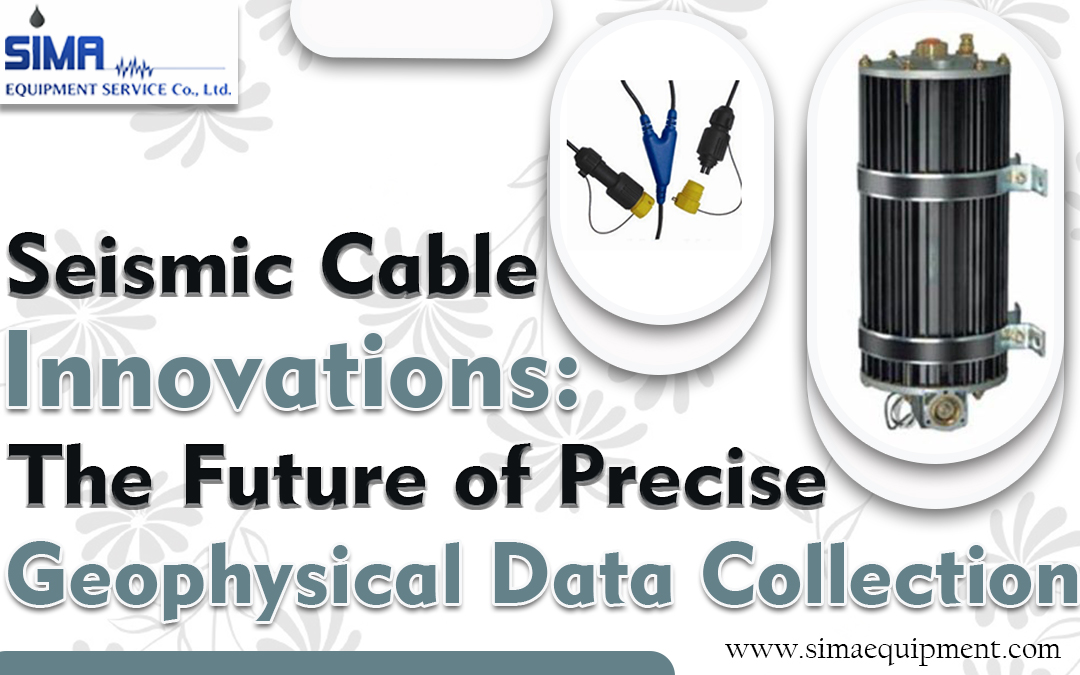geophone and hydrophone
Seismic Cable Innovations: The Future of Precise Geophysical Data Collection
Whether it’s probing the Earth’s subsurface for valuable resources or assessing seismic hazards, the accuracy of data collected can be a game-changer. This is where seismic cables, often underappreciated but indispensable tools, come into play. We’ll dive into the fascinating world of seismic cable innovations and how they’re shaping the future of precise geophysical data collection.
Revolutionizing Data Collection: Seismic Cables Unveiled
The Basics of Seismic Cables
Before we venture into the innovations, let’s get back to the basics. Seismic cables, often referred to as geophone strings, are arrays of geophones connected by cables that are used to detect seismic waves. These cables are strategically placed on the Earth’s surface or buried underground to collect data revealing subsurface geological features.
Traditional vs. Innovative Cabling
Traditional seismic cables have served us well, but they have limitations. They are cumbersome, labor-intensive, and sometimes susceptible to damage. However, innovations have emerged that promise to revolutionize the field:
- Fibre Optics Integration: The marriage of seismic cables and fibre optics has opened up a world of possibilities. These cables capture and transmit seismic data through optical fibres, allowing for real-time monitoring over long distances. This technology is a game-changer for monitoring remote and inaccessible locations.
- Smart Seismic Cables: Imagine seismic cables equipped with tiny sensors that can measure seismic waves and environmental parameters like temperature and pressure. These smart cables provide a holistic view of subsurface conditions, making them invaluable for various applications, from oil exploration to earthquake prediction.
Enhanced Data Accuracy
Innovations in seismic cable technology are not just about convenience but also about precision. High-precision sensors and improved data transmission mean geophysicists can now collect more accurate and detailed information about the Earth’s subsurface. This has far-reaching implications:
- Resource Exploration: Every detail matters in the quest for valuable resources like oil and minerals. Advanced seismic cables provide clearer images of subsurface structures, reducing the risk of drilling in the wrong place.
- Environmental Monitoring: Precise data collection is crucial for monitoring natural phenomena such as landslides, volcanic activity, and the effects of climate change. Seismic cables with smart sensors can help detect subtle shifts in the Earth’s crust, providing early warning signs.
The Future Beckons: What Lies Ahead
So, what can we expect from seismic cables in the near future? Here’s a glimpse:
Global Connectivity: With the proliferation of satellite networks and undersea cables, seismic data can now be shared globally in real time. This interconnectedness promises better collaboration in research and faster responses to seismic events.
Environmental Applications: Beyond resource exploration and hazard assessment, seismic cables are finding applications in environmental monitoring. They can help track groundwater movement, soil compaction, and even assess the health of ecosystems.
Education and Outreach: As technology becomes more accessible, seismic cable innovations are finding their way into educational programs. It trains the next generation of geophysicists and raises public awareness about the importance of precise geophysical data collection.
In Conclusion: A Vibrant Future for Geophysics
Seismic cables have come a long way from their humble beginnings. They are no longer just Geophysical Equipments but dynamic, evolving instruments helping us better understand our planet. So, the next time you hear about seismic cable innovations, remember it’s not just about cables; it’s about unlocking the Earth’s secrets with precision and ingenuity.

